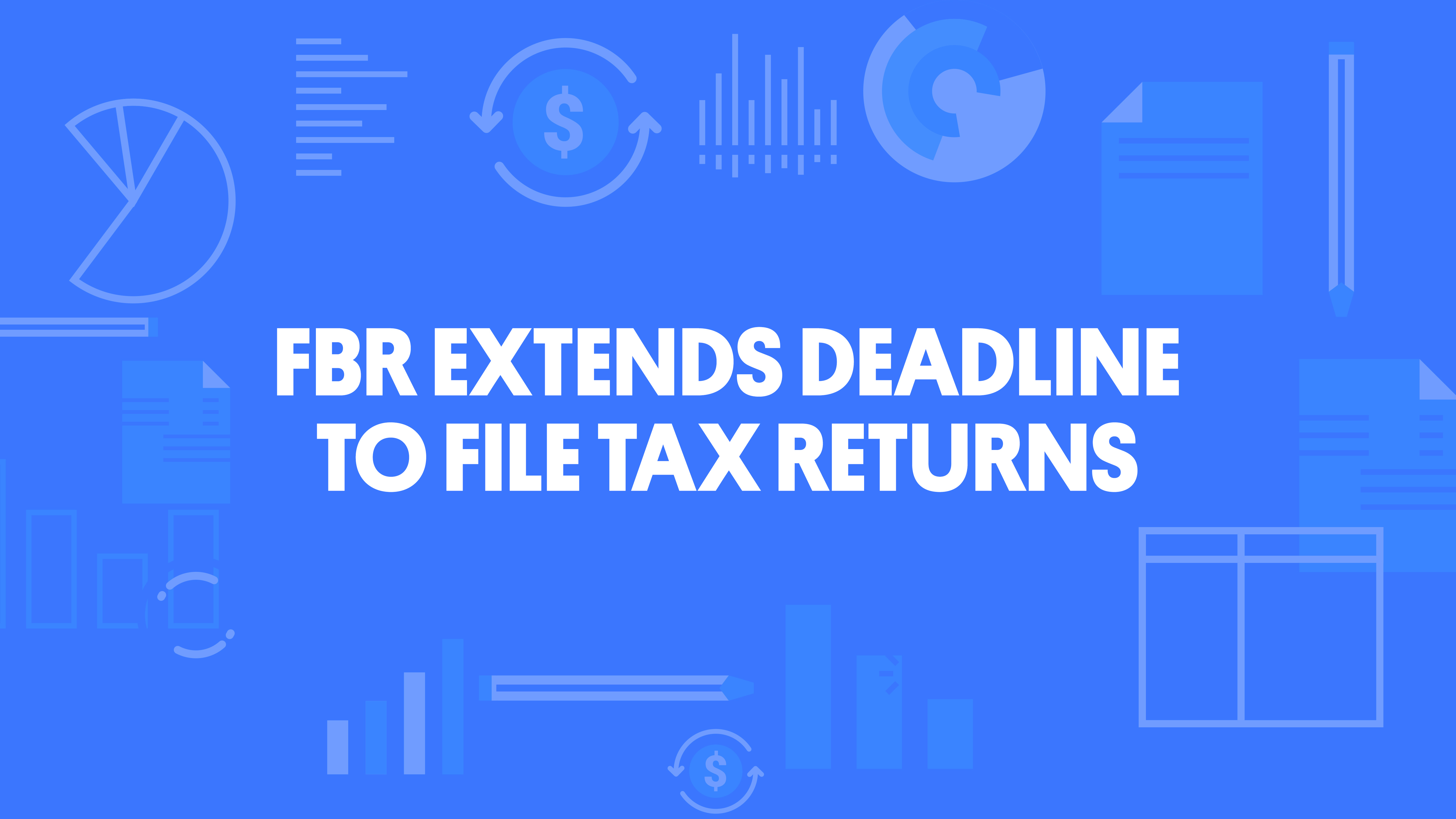
Freelancing changes the perspective people have towards work – it is a more flexible way of working which gives you more freedom and control over the way you want to work. It brings in huge opportunities for people who want to commit to work full time as well as part time.
Did you know that freelancing contributed $1.2 trillion to the US economy in 2020?
With the option to work remotely, companies, all across the world, have increased the number of freelancers working with them. So, if you want to become a freelancer, we think you are on the right track.
Whether your goal is to work as a full time freelancer or someone who uses it as a side business, the real question here is – how to start freelancing? If you want to become a freelancer but are not sure of how to go about it, you have landed at the right place. This blog has 6 steps that will help you become a freelancer. Moreover, we will also tell you the pros and cons of freelancing, so you know whether it is for you or not.
Ready? Let’s begin.
Step 1: Decide Your Goal
Like everything else, freelancing also starts with knowing your goals. It is extremely important to know “why” you want to become a freelancer. After all, nobody wants to sit in a car without knowing the destination.

Some of the things you should consider before becoming a freelancer are: Do you want to supplement your full time income? Do you want to earn an additional sum of money along with your fixed income? Do you want to pursue it as a full time job?
The reason behind pursuing freelancing as a career will determine if you will succeed at it or not. Some people choose to start freelancing as a side hustle and then gradually move towards making it a full time job, while others take the leap to begin full time.
Step 2: Define Your Skill Set
Whether you decide to become a part time or full time freelancer, you will shape your business around your skill sets. Know that your skill set is your biggest asset.

Focus on the skills you have built over the years that other people may want to pay for. These skills could be something that you may have learned at your previous job. It could be using a specific software or a job role that may require creative thinking. If you have already been paid for it, chances are that you are good at it.
We won’t recommend you to limit yourself to the duties that come under job description. Most of the time, employees perform tasks that are out of their job description and they excel at it.
For example, if you were a writer at your previous job with an interest in social media, you could have picked up some social media handling skills too.
Along with what you have been paid for, you can also start freelancing with your hobbies. For example, if you are someone who loves graphic design, you can use it as well.
The essence of the matter is – the more skills you have, the better.
To make the whole process easier, you can create a list of all the skills that you have and then move forward.
Step 3: Find Your Target Clients
Now that you know which services you can offer, find your target audience. Think of the skills you have and find out who would need your assistance? If you have the right skills, it won’t be difficult to find the right client. However, the initial stage may be a bit tough.

As a newbie freelancer, you won’t have clients seeking you, instead you will have to find them. For this purpose, you can use freelancing websites like Upwork or Fiverr. These platforms are a great way to connect with potential clients and require minimum effort.
Along with these freelancing websites, you can also use social media platforms to find work. However, make sure the client is not fooling you into a scam.
Use your connections to find work. There are various companies who keep hiring freelancers every now and then. You can follow different companies on Linkedin to stay updated or join freelancing groups as well.
Step 4: Develop a Price Structure
Exploring your skill set was just one aspect of freelancing, another side of it is to sell your skills.
We suggest you convert your skills into a service and then sell it as a solution.

For example, instead of saying “hire me for copywriting”, say something like, “I can help you write better emails that will increase the sales of your company and bring in more customers”.
Clients pay for solutions and outcomes. The more clear solutions you present, the higher chances of you getting hired.
Once you have decided how to pitch yourself, now is the time to set your price. The goal is to maximize your profit without losing any potential clients. The best way to find out is to look at your competitors and find out how much they are charging for similar services.
In reality, there is no ideal formula for charging your clients. However, there are a few factors that you can take into consideration before finalizing the prices for your services. These factors include:
- Experience
- Industry
- Project duration
- Deliverables
- Project complexity
- Urgency
- Project based fee or hourly fee
- Fixed fee (usually for one-time, short term projects)
Do not expect clients to pay you as good as your more experienced counterparts. But make sure you do not work for peanuts either.
Step 5: Create Your Portfolio
Believe it or not, every client hires you because they trust you.
Most of the time, you get a project easily through your network, while other times you may have to give your client a reason to trust you. So, you need to build that trust.

The most basic thing you can do to build trust is show them your previous work that you have done which is similar to what you are applying for. For example, if you are applying for a graphic designer field, show them the logos that you have designed before.
Now you must be thinking what could you include in your portfolio?
Keep in mind that your portfolio should be aligned with the services you are applying for. So, if you are someone who has multiple skills and if you keep applying for different freelancing services, make sure you modify your portfolio before sending it to the client.
Keep your portfolio limited to the work you are proud of so that it is not overcrowded.
Step 6: Keep Enhancing Your Skills
Freelancers are hired because of the skills that they have, so it is essential that you keep improving your skills. This means not only acquiring new skills but also enhancing existing skills.

You can use online resources like YouTube, Udemy, LinkedIn Learning and Coursera to learn and enhance your skills.
What Is Freelancing?
Freelancing means to work independently. Rather than working for one employer only, a freelancer can work for multiple employers. Freelancing allows you to earn money by providing your services to various clients. Basically, it lets you be your own boss.
Now, that we know what freelancing is and how you can become one, let’s see what are some of the popular freelancing jobs:
- Software development
- Digital marketing
- Content writing
- Graphic designing
- Web/mobile development
Like every other job, freelancing also has its own pros and cons. Let’s discuss some of the those before we wrap up this blog:
Pros of Becoming a Freelancer
- You get to work as per your convenience meaning flexible working hours
- You can work with multiple clients at the same time
- You can choose when to work and when to take time off
- You can keep it as a part time job and earn extra money along with your fixed income
- It lets you be your own boss
- You can be creative and play around different skills which means less monotony
Cons of Becoming a Freelancer
- You have to take full responsibility because nobody is going to push you to work
- There is no job security – you get work one day, the next day you are sitting idle
- You don’t get to enjoy the company benefits that come with a regular job
- There is no paid time off
- Juggling multiple clients
In short, if you’re a self-starter, who likes to take risks and enjoy freedom, freelancing is for you.
We hope that this blog will ease the process of becoming a freelancer. Do let us know in the comment section which freelancing service you plan on providing.






Leave a Reply